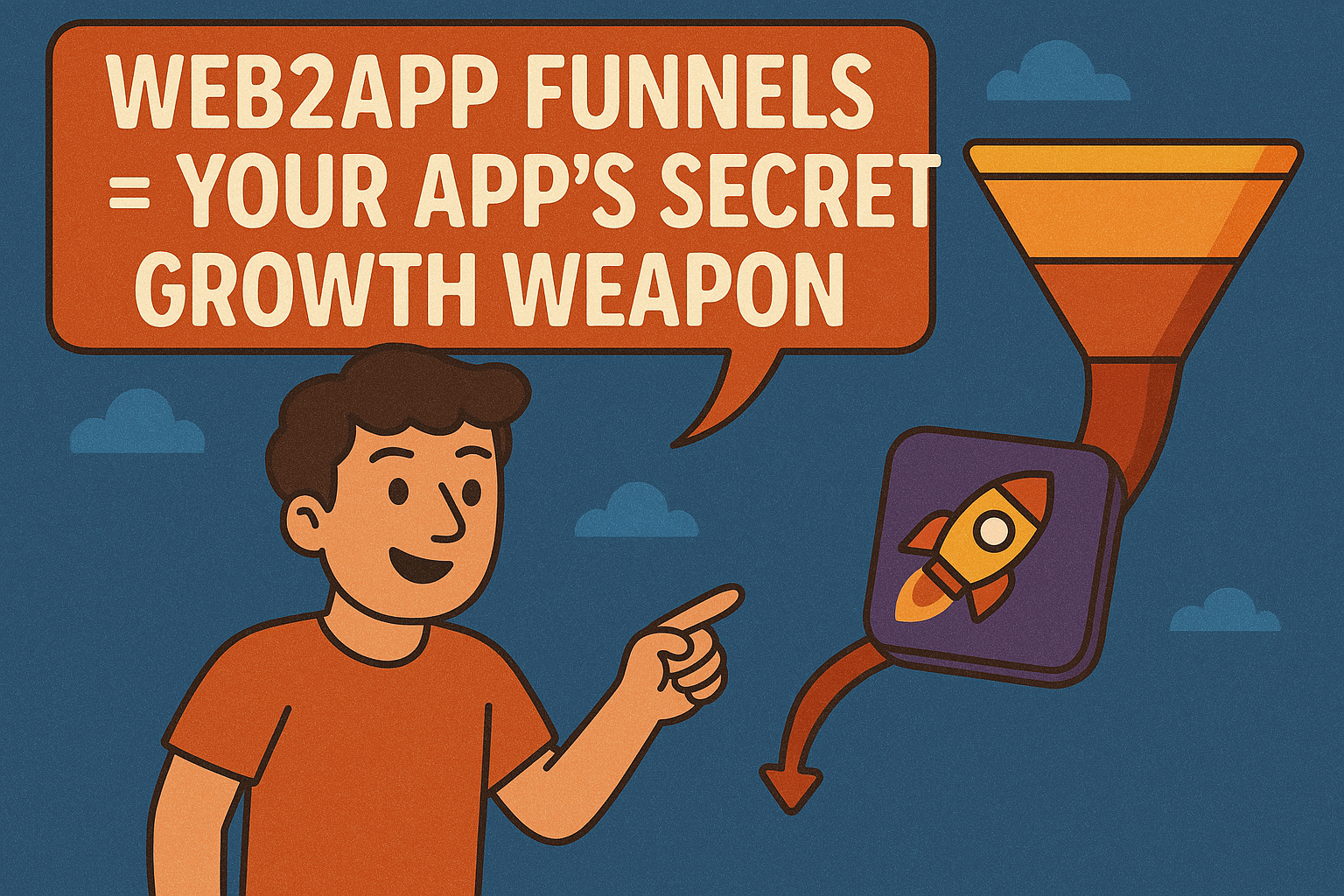What is a Minimum Viable Product?
A minimum viable product (MVP) is the most basic framework of an application and has core functionalities and important, minimum features, to test how the target audience would respond. The main purpose to build an MVP is to launch a product quickly, based on your idea, with a small budget. Developing an MVP can help you in testing and designing the product, identifying your audience, and in developing additional features. Or as Eric Ries defines it: “Minimum Viable Product is that version of a new product which allows a team to collect the maximum amount of validated learning about customers with the least effort.”
Successful MVPs
A) Uber
Travis Kalanick and Garrett Camp started UberCab, which was no more than an invite-only application in the beginning, limited to friends and family.
B) Snapchat
This app was inspired by the movie Burn After Reading starring George Clooney and Brad Pitt. Access to the app was limited to iOS in the beginning, with the feature to send only photos and not messages.
C) Airbnb
Brian Chesky and Joe Gebbia, founders of Airbnb, came up with the idea of putting an air mattress in their living room and turning it into a bed and breakfast. They put together a website that offered short-term living place and breakfast for those who were unable to book a hotel.
What are the benefits of developing an MVP?
Of course, developing an MVP doesn’t mean that your app will become the new big thing, but having an MVP has its benefits:
- You can launch the product much more quickly than if you launch a fully-developed app;
- You test the viability of the concept before you commit too many hours of hard work;
- You save money with an MVP because you only spend time building features that are needed;
- With a tested idea that’s been embraced by users, you have something to bring to investors and this can make the rest of the development process go much more smoothly;
- The MVP offers the possibility to find out your potential users’ opinion and how they want to see your final product.
How to build an MVP?
Step 1. Start with market research
Sometimes, it may seem to you that your idea will be the best thing that happened to the world but unfortunately, it doesn’t fit into the market needs. Before you start the MVP development process, ensure your future app will satisfy the target users’ needs and desires. Conduct surveys, because the more information you have, the more are the chances of success. Also, don’t forget to see what your competitors are offering, and how can you make your product idea stand out.
Step 2. Define your idea
The most important questions you have the answer is: what value does your product have for the users? How can this app improve their lives, and why would they want to use it?
At this point, you should already have a clear idea in your mind about the primary values of your product. Since the MVP is about introducing these values to potential users, first outline them and then develop your MVP based on them.
Step 3. Prioritize utility
Describe how the client will use the app, starting from step 1 - opening the app and ending with the final step (purchase, delivery, etc.). Thinking about user flow is important as it helps you not to miss anything and make sure that your user stays satisfied. Furthermore, doing this will help you to not overload first-time users with unnecessary functionalities and design. Remember, people can be easily confused.
Step 4. List the project features
Think of all the features that you want to see in your MVP. Get as creative as you can and write down everything that you wish the list has to be a full vision of a product. And since you are developing an MVP, cross out all the features that are not of primary importance – you will develop them later. MVP means you have the right amount of features to test and use the product but with no additional features included – like fancy design or add-ons.
At this point, it is crucial not to get carried away and focus only on the essential features.
Step 5. Build your MVP
When you’ve determined the key features and have learned about the market needs, you can create your MVP. Don’t forget that the MVP is not a lower quality product and still has to satisfy the users. Therefore, it must be easy to use, engaging and suitable for users.
Remember, as Dan Olsen says: “The main reason why products fail is because they don’t meet customers’ needs in a way that is better than other alternatives.”
A great way to build an MVP is to use a no-code tool or platform like Bubble.io. Check out our posts on no-code tools for more information on the topic.
Step 6. Analyze
You have the feedback from your users and now what? It time to analyse!
After launching your MVP, analyze everything, from user responses to the product itself. Remember, feedback from the users is the key to success. It will help you determine which features to add next, whether your app will be popular, and so on. Also, it’s a good idea to make some statistical analysis:
- How many downloads did you get?
- How many one-time users?
- What was the app retention rate?
- What sections of the app did the user most use?
- How does it compare to your competitors?
That can be very helpful when you continue the development of your app, or if you’re looking for investors.


